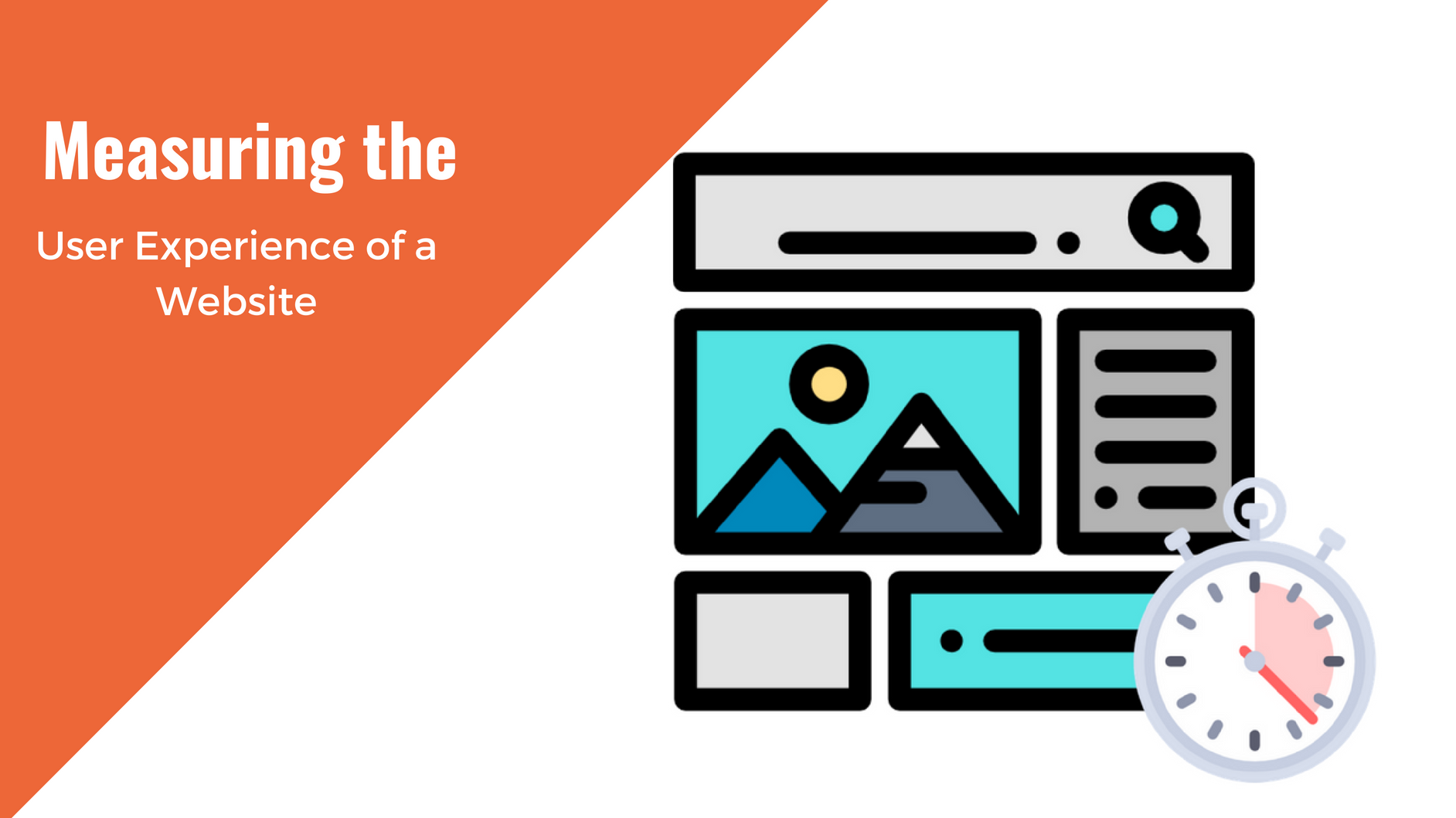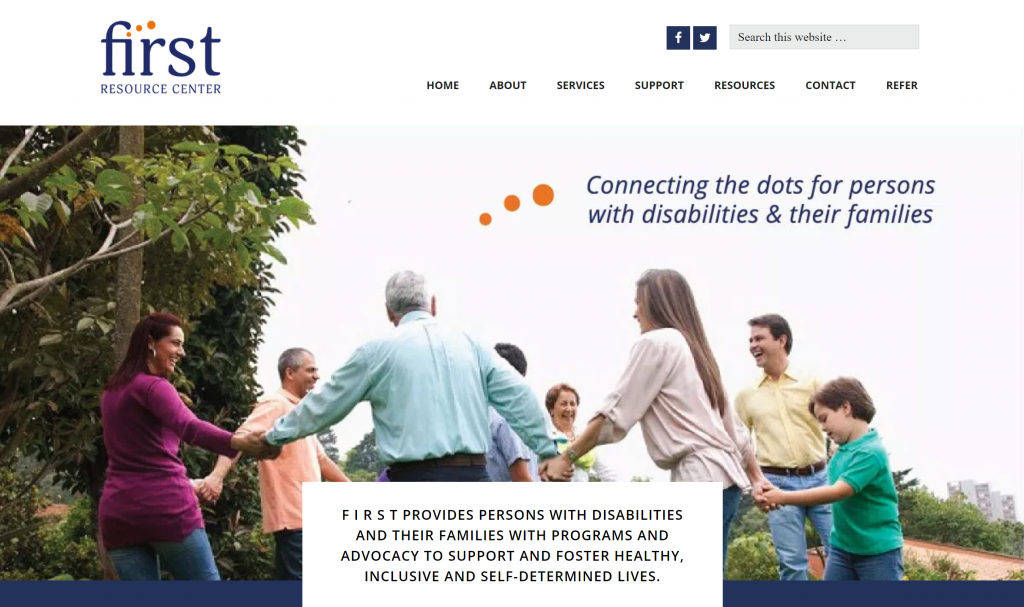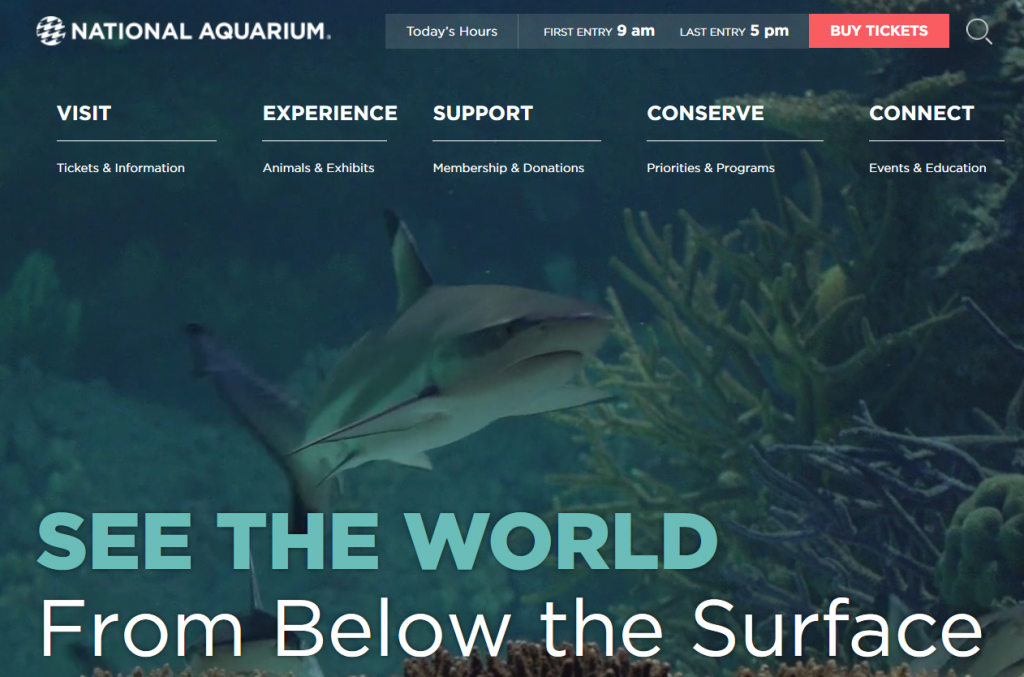The ultimate goals of having a nonprofit website are to get the word out about your cause, get the community involved in local events, and of course, collect donations. But to do this, there are some things you have to do, no matter what your organization stands for.
High on the list you need to understand your target audience. You should optimize your user’s experience. By delivering engaging content, not only visually appealing, but also informative, encouraging, and entertaining, you can improve your return on investment (ROI). Ideally you’ll also get people to donate their time or money to your cause.
In today’s digital age the only way to achieve all this is to create a website designed specifically to increase your organization’s visibility and inspire people to want to join your efforts.
Today we’re going to take a look at some of the top nonprofit web design tips to help you reach your goals.
1. Integrate Your Nonprofit Site with Your CRM
A Constituent (Customer) Relationship Management (CRM) system helps you manage your organization’s relationships and interactions. And, while many CRMs deal with businesses that sell products or services for a profit, there are CRM systems, such as the Salesforce Nonprofit Starter Pack, designed to help nonprofit organizations succeed.
A nonprofit CRM can help you with the following:
- Track and manage all data collected relating to your nonprofit’s followers
- Build online forms for inbound marketing, and donation forms. In addition, create forms that have lead magnets, encourage people to volunteer, or to become an active participant in an upcoming event. Use this contact information later when you send out your email campaigns.
- Segment your growing email list into groups that can be targeted in different ways with email campaigns
- Automate your email marketing efforts, and makes creating campaigns easy with templates and predefined email messages, to help you grow your following
- Access metrics related to your website that can be used to help you plan, organize, and manage fundraising events
Integrating your nonprofit website with your CRM is a great way to ease the hassle of managing all the data that comes with an efficient nonprofit organization.
2. Make Navigating Your Site Easy
Navigation of your website should be intuitive and accessible to everyone that visits your site. Your navigation menu should be visible on all web pages. Navigation titles should follow common logic. Clicking on the menu items is easy to do with a mouse or finger or through keyboard controls. All menu items should lead to a working web page, much like FirstWNC does with their nonprofit website.
If you don’t make exploring your nonprofit website easy to do, people will abandon your website before reading your content, making a donation, or getting involved in an upcoming event.
Not to mention, making navigation easy to understand gives you the ability to direct people to your most important content.
3. Optimize for Mobile
With mobile internet use on the rise, it’s important you create or update your nonprofit website using responsive design technology so it will display on mobile devices the way you want it.
Make sure you minimize the need for people to excessively scroll, zoom, pinch, or turn their devices to see the content on your site. Using larger fonts and call to action buttons and keeping text and images to a minimum ensure you don’t overwhelm the screen. And always test your mobile site before it goes live.
4. Make Your Site Accessible
Accessibility is something that all website owners should concern themselves with. But if your nonprofit organization receives any federal funding it’s imperative you maintain, at a minimum, an AA rating for accessibility.
Website accessibility is an inclusive practice that seeks to make sure everyone can view your nonprofit website as you intend.
Here are some of the best ways to make sure your organization’s website is accessible:
- Use clear headings throughout your content to organize the structure of your content
- Maintain an updated sitemap
- Ensure users can navigate your site only using their keyboard, or with the assistance of a screen reader
- Optimize your site for voice search
- Choose color schemes carefully, ensuring you maintain a 5:1 contrast ratio
- Optimize your site for voice search
- Add alt tags and alt descriptions to images, providing the user with information relevant to what they may not be able to see
- Maintain an updated sitemap
- Choose a content management system (CMS) like WordPress that supports accessibility
- Include transcripts for video content
Building an all-inclusive disability-friendly website is much easier than you might think. It also enables you to apply for federal funding (in specific instances), and stay out of hot water from lawsuits from not maintaining compliance. And, it will help build your nonprofit’s following thanks to the expanded audience reach.
5. Make Your Donation Form Easy to Access
Your nonprofit organization relies on donations from site visitors. But if your website doesn’t make donation forms easy to complete, you’ll miss huge opportunities to collect from your supporters.
To maximize your donation form exposure, consider adding a donation button in the following places on your website:
- The homepage of your site
- The navigation menu in the header
- Within blog content as a specific call to action, ideally tied to a campaign mentioned in your blog content
- In the sidebar sections, and any other widget areas
- In the footer of your site
- On a dedicated donation page
Don’t make it hard for people to give financially to your cause. Instead, utilize the retail space on your nonprofit website to boost donations.
In addition, you can add any variation of a “Donate Now” button throughout your website and in email campaigns to boost your chances people will contribute, just like Adopt a Love Story does on their homepage.
6. Add a Subscription Box
Part of growing your following, and gaining more supporters for your cause, is building a bigger email list. After all, those that are interested in your organization, or have donated, should be regularly updated on what’s going on.
Add a subscription box to your website so people can sign up for your newsletter and learn about things that may interest them, like:
- How they can volunteer their time
- When and where local charity events will be happening
- If there are things they can donate besides money
- When new board members are elected and what is being discussed at those board meetings
- How you’ve been spending the money you’ve raised and the positive impact it’s made
- What new initiatives you are planning to launch or have recently launched
Email marketing is an important part of your nonprofit’s success. And, adding subscription boxes to places your user may commonly look at, like your site’s footer section, as Formed Families Forward does, encourages people to sign up and grows your email list.
7. Add Social Elements
Adding social elements to your website helps you expand your organization’s reach. By helping loyal supporters actively engage with your site’s content on platforms they regularly frequent like Facebook, Twitter, LinkedIn, and Instagram you are giving them the content they want, on the platform they enjoy the most.
To start, you should have links to your own social media channels, so users can easily find you and like you on the platform of their choice. That being said, use platforms that are relevant for you and beware the dangers of overextending yourself on social media.
It’s also important to add social share buttons throughout your website, encouraging people to share their favorite content, like blog articles, on their favorite social media platforms.
Taking it one step further, you should post your site’s blog content across your social media platforms to keep people engaged, like Feeding America does on Facebook. Using your editorial calendar is ideal to make sure your subscribers regularly have something new to read on social.
Notice they include imagery, links back to their nonprofit website, and even a “Donate” button for people that want to active give right away.
It’s very important that you actually interact with those that leave comments on your social media networks, showing them you really care about what they have to say.
8. Make Your Cause Clear
If you want your nonprofit to succeed, and raise the funds needed to continue supporting your cause, you’ll need to make sure that once people land on your website, they know exactly what your organization stands for.
For instance, charity: water makes it clear from the start that their mission is to provide clean water to those in need. It’s partially in the title of their website, it’s definitely in their homepages headline, and even their homepage subheadline explains how donating to their cause can help make a change for families around the world.
First impressions matter. Within mere seconds of landing on your website, viewers will decide whether it’s the one they’re looking for or not. Often based on what they see on your homepage.
It’s important to include clear copy on your site’s homepage and additional pages, but also important to feature a clear image, such as the one found on National Aquarium, that again makes your nonprofit’s cause clear and complements your origin story that is designed to encourage people to support your cause and donate their time and money.
Notable Mentions
The truth is, websites takes a lot of work. From major concepts such as your organization’s cause to small details such as the type of font you use, it all affects your success when convincing people to donate their money and support you.
That’s why, as an added bonus, we’re going to list some additional nonprofit web design tips and best practices:
- Ensure your website loads quickly
- Feature your organization’s most relevant information first to capture site visitors’ attention
- Provide site visitors multiple ways to get in touch, email is most common but can they also reach out via a phone call, a twitter or facebook message, or maybe come into your office directly
- Invest time in your content marketing strategies to expand your nonprofit’s reach
- Develop a consistent brand. All channels and document should include your logo and consistent color schemes to build brand recognition.
- Secure your website with HTTPS to build trust amongst donors and ensure you stay current with the latest updates and security protocol
- Add social proof to show how others have gotten involved, or showcase how many followers you currently have
- Add an events calendar people can view at a glance all of the upcoming events
With a little planning and strategic web design your nonprofit website can be a success. After all, first impressions mean the most when it comes to building a solid following of supporters.
If you find yourself needing help with your nonprofit’s web design, don’t worry, we’re only a quick message or tweet away.
Other articles you may enjoy:
You May Also Like

Having a website is an absolute necessity for any business. Gone are the days when you could simply update your website once and forget about it for months on end. In today’s ever-changing digital landscape it is important to constantly track and measure how well your website performs, as well…
read more >
Thomas Bertram (T. Bert) Lance famously said, "If it ain't broke, don't fix it." Unfortunately, T. Bert Lance couldn’t foresee the future. He didn’t know that over 94% of Americans would be on the internet by 2024. If your website doesn't receive periodic updates or isn't accessible, users can become…
read more >






